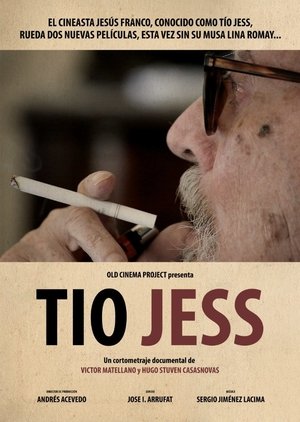

Karel Appel, Composer(1961)
In 1960, Utrecht University took over the Studio for Electronic Music from Philips. In this studio in Utrecht, composers and artists worked on their own compositions. In 1961, Jan Vrijman made a film about Karel Appel, De werkelijkheid van Karel Appel, and Appel himself made a musical composition for this film in the studio in Utrecht. Van der Elsken films and photographs Appel during the composition of his Musique Barbare, as well as recording conversations on tape; the film is in fact a kind of collage of film, photographs and sound. As well as an exceptional record of Karel Appel’s working process, this film is a unique documentation of the studio and therefore a significant piece of Dutch musical history.
Movie: Karel Appel, Composer
Top 2 Billed Cast
Himself
Himself

Karel Appel, Componist
HomePage
Overview
In 1960, Utrecht University took over the Studio for Electronic Music from Philips. In this studio in Utrecht, composers and artists worked on their own compositions. In 1961, Jan Vrijman made a film about Karel Appel, De werkelijkheid van Karel Appel, and Appel himself made a musical composition for this film in the studio in Utrecht. Van der Elsken films and photographs Appel during the composition of his Musique Barbare, as well as recording conversations on tape; the film is in fact a kind of collage of film, photographs and sound. As well as an exceptional record of Karel Appel’s working process, this film is a unique documentation of the studio and therefore a significant piece of Dutch musical history.
Release Date
1961-01-01
Average
0
Rating:
0.0 startsTagline
Genres
Languages:
NederlandsEnglishKeywords
Similar Movies
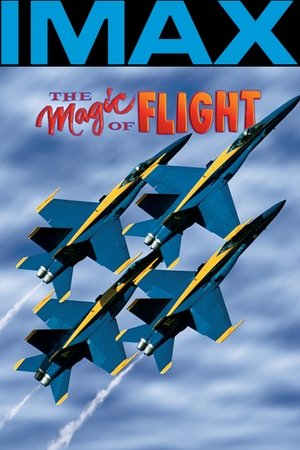 6.7
6.7The Magic of Flight(en)
Take a technological thrill ride The Magic of Flight takes you on a technological thrill ride faster, higher and wider than modern science or even your imagination! Relive the first flight of the Wright Brothers, then soar with the Blue Angels as they defy the laws of gravity. Narrated by Tom Selleck.
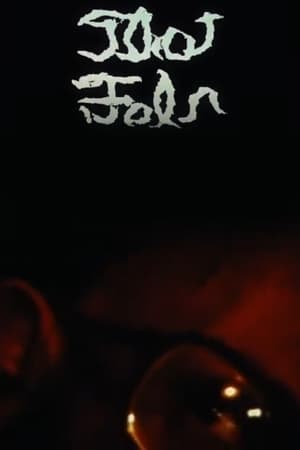 5.4
5.4Thot-Fal'N(en)
This film describes a psychological state "kin to moonstruck, its images emblems (not quite symbols) of suspension-of-self within consciousness and then that feeling of falling away from conscious thought. The film can only be said to describe or be emblematic of this state because I cannot imagine symbolizing or otherwise representing an equivalent of thoughtlessness itself. Thus the actors in the film, Jane Brakhage, Tom and Gloria Bartek, Williams Burroughs, Allen Ginsberg, Peter Olovsky and Phillip Whalen are figments of this 'Thought-Fallen Process', as are their images in the film to find themselves being photographed."
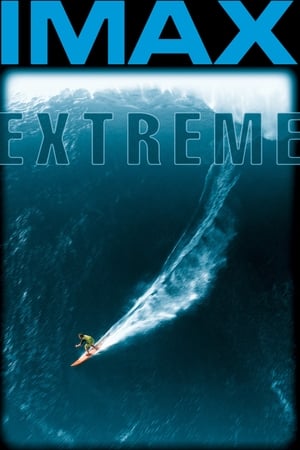 5.9
5.9Extreme(en)
EXTREME is a visually stunning 45-minute journey into the soul of adventure featuring a cast of world champion athletes. Combining incredible extreme sport action with narration from the athletes and an eclectic, contemporary soundtrack, EXTREME explores the paradox of human nature: facing fear from the edge of life.
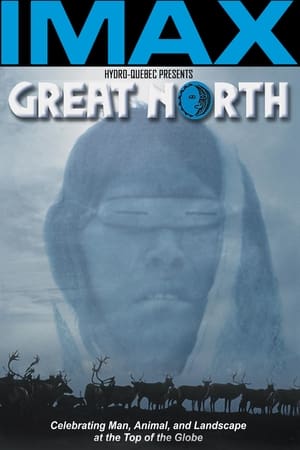 5.8
5.8Great North(en)
This film takes viewers through the rich, white majesty of the Inuit Great North. Along with doing justice to the breathtaking and awesome landscape of the freezing, snow-covered environment, Great North also looks into the long-standing traditions, such as fishing and hunting, of the Inuit tribes.
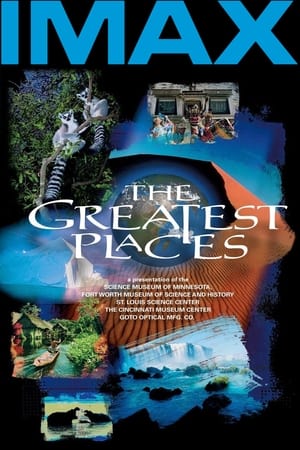 5.3
5.3The Greatest Places(en)
A journey to seven of the most geographically dynamic locations on earth. The film features spectacular land forms, diverse wildlife and the people and cultures indigenous to these places. Distinct geographic places include the great island of Madagascar, home to unique limestone pinnacles and the playful lemur; and the greatest desert—the Namib—home of the largest sand dunes in the world that tower majestically over its western border, the Atlantic Ocean. Other locations featured are the great icecap of Greenland, Iguazu Falls in Brazil, the Okavango Delta in Botswana, the Chang Tang Plateau in Tibet, and the Amazon River in South America.
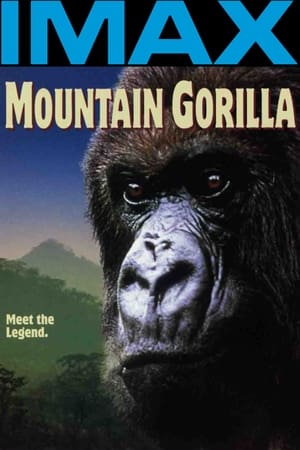 7.0
7.0Mountain Gorilla(en)
Mountain Gorilla takes us to a remote range of volcanic mountains in Africa, described by those who have been there as ""one of the most beautiful places in the world"", and home to the few hundred remaining mountain gorillas. In spending a day with a gorilla family in the mountain forest, audiences will be captivated by these intelligent and curious animals, as they eat, sleep, play and interact with each other. Although gorillas have been much-maligned in our popular culture, viewers will finally ""meet the legend"" face to face, and learn about their uncertain future.
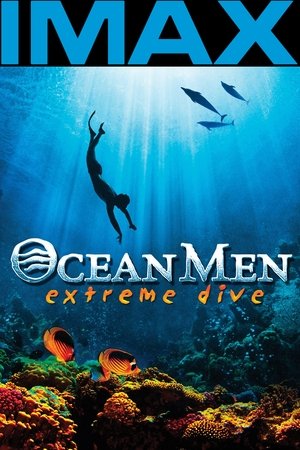 6.7
6.7Ocean Men, Extreme Dive(en)
For more than 10 years, world champion freedivers Pipin Ferreras and Umberto Pelizzari have been vying for world records. Their love of the sea without compromise is what unites these two rivals. However, it is their different personalities and opposing diving philosophies that separate them. Pipin is the "No Limits" man who wants to go deeper and deeper. Umberto, the purist, seeks harmony in the ocean's depth. Ocean Men takes you into the world of these two awe-inspiring freedivers through the use of breathtaking underwater photography, enchanting music, and insightful animation.
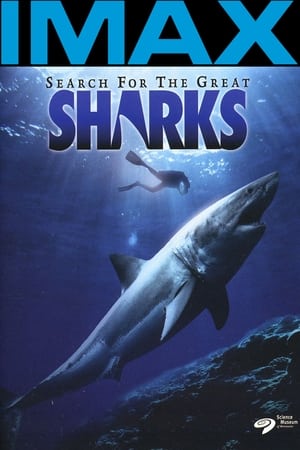 5.5
5.5Search for the Great Sharks(en)
A journey into the land of sharks. The old myth of swimming killing machines is put against the true nature of those rather peaceful hunters, whose evolution ended in biological perfection millions of years ago. We accompany expeditions of Dr. Eugenie Clark and Rodney Fox, who have studied sharks since the 1950's.
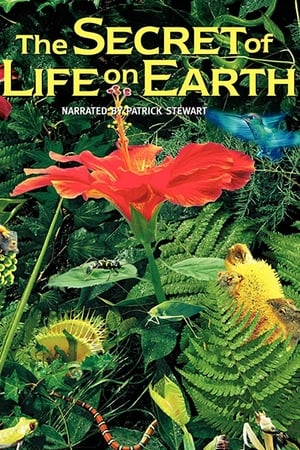 6.0
6.0The Secret of Life on Earth(en)
A breathtaking adventure across five continents and through time to reveal nature's most vital secret. Watch a flying fox gorge itself on a midnight snack of figs. Climb into the prickly jaws of insect-eating plants. Witness a mantis disguised as a flower petal lure its prey to doom.
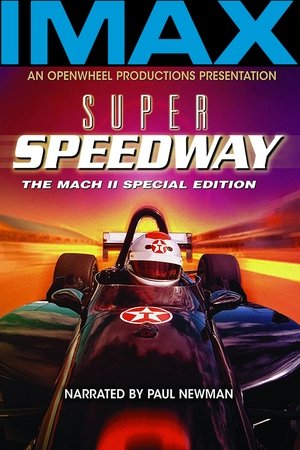 8.6
8.6Super Speedway(en)
We follow the Newman-Haas (Andretti) racing team through the process of building, testing, and racing for a season. This includes extensive race speed on-track footage, including some pre-race footage with a full squad of cars. From time to time, we check in with a small shop building/restoring one of the first roadsters Mario Andretti raced; the finale includes him taking it for a spin.
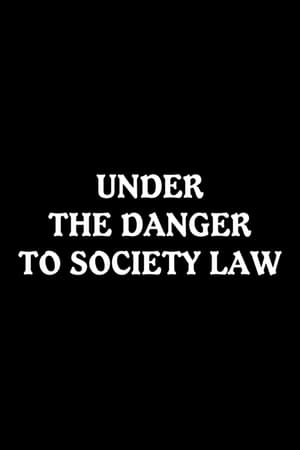 2.0
2.0Under the Danger to Society Law(es)
Barcelona, Spain, June 1977. A chronicle of a demonstration held to demand the repeal of a 1970 Francoist law criminalizing homeless, prostitutes and homosexuals.
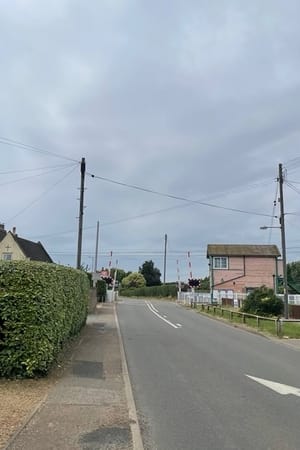 7.0
7.0To Thine Own Self Be True(en)
An experimental study of nature through three stories and how we have destroyed it.
 0.0
0.0It's a Wonderful Day(ru)
The cartoon based on the works of Alexander Pushkin was created on the basis of drawings from the exhibition "Pushkin through the eyes of children".
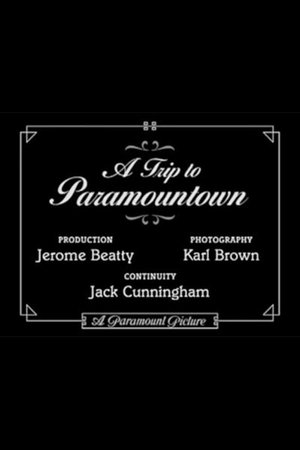 7.3
7.3A Trip to Paramountown(en)
Documentary short film depicting the filmmaking activity at the Paramount Studios in Hollywood, featuring dozens of stars captured candidly and at work.
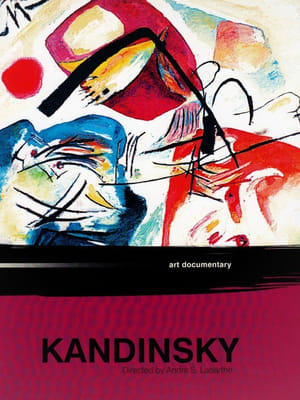 0.0
0.0Kandinsky(fr)
Colour, form, area - this is the formula of the greatest pioneer of abstract painting. Kandinsky came to art late in life, but his impact through Der Blaue Reiter (The Blue Rider) and Bauhaus paved the way for modern art. In 1913, he created one of the first abstract pictures, the theoretical basis of which was inspired by his essay Uber das Geistige in der Kunst (On the Spiritual in Art). Accompanied by Mussorgsky's Pictures From An Exhibition Labarthe goes on a sensual journey which makes the soul resound with colours and forms. "A picture has to resound and must be bathed in an inner glow." Kandinsky
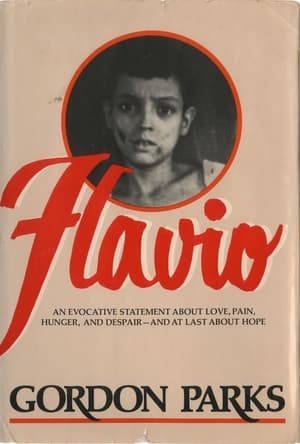 6.0
6.0Flavio(en)
Documentary about a boy living with his family in extreme poverty in Rio de Janeiro.
I Will Dance(en)
Follows the young people of Selma, Alabama's RATCo (Random Acts of Theatre Company) as they journey to New York City to share their story of hope, resilience, and overcoming.
